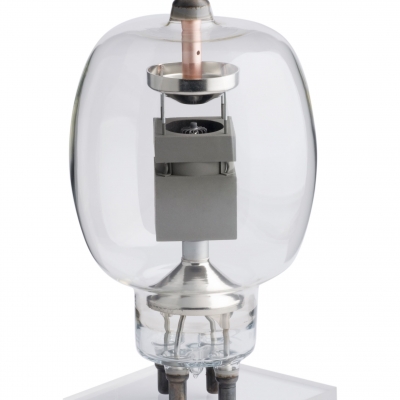
A space that contains absolutely nothing! Scientists believe that it is impossible to have a complete vacuum-an empty space with no air or substance whatsoever.
So a vacuum as we know it, is an enclosed space from which as much air and matter as possible has been removed.
A thermos flask has a double wall inside, with a vacuum between the two walls. Hot liquid is kept hot because the heat cannot pass through the vacuum by convection or conduction.
First, forget the vacuum cleaner as an analogy to the vacuum of space, Jackie Faherty, a senior scientist in the Department of Astrophysics at the American Museum of Natural History in New York City, told Live Science. The household cleaning machine effectively fills itself with dirt and dust sucked out of your carpet. (That is, the vacuum cleaner uses differential pressure to create suction. Suction cleaner might be a better name than vacuum cleaner). But the vacuum of space is the opposite. By definition, a vacuum is devoid of matter. Space is almost an absolute vacuum, not because of suction but because it’s nearly empty.
That emptiness results in an extremely low pressure. And while it’s impossible to emulate the emptiness of space on Earth, scientists can create extremely low pressure environments called partial vacuums.
Even with the vacuum cleaner analogy out, “understanding the concept of the vacuum is almost foreign because it’s so contradictory to how we exist, Faherty said. Our experience as humans is completely confined to a very dense, crowded and dynamic fraction of the universe. So, it can be hard for us to really understand nothingness or emptiness, she said. But in reality, what’s normal for us on Earth, is actually rare in the context of the universe, the vast majority of which is nearly empty.
Credit : Live Science
Picture Credit : Google




